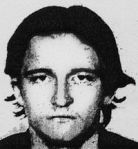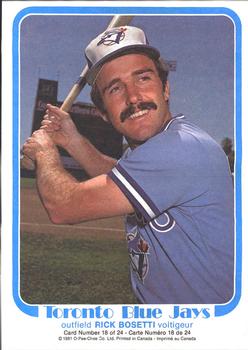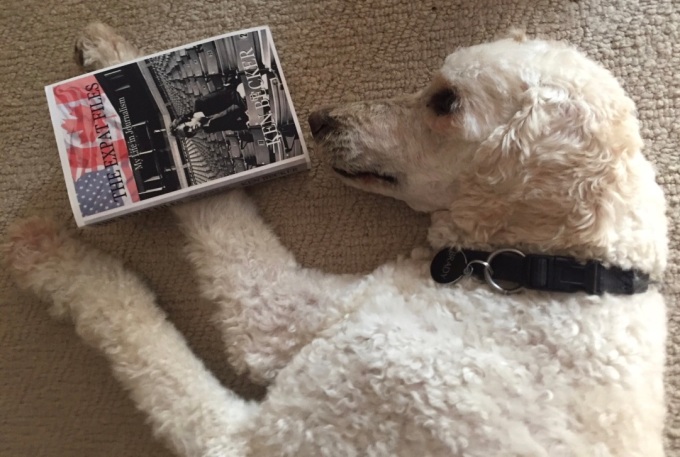Forty-six years ago today, I covered the climax of one of the great crime stories in a New York that was very different from the safe, gentrified city it is today.
When I was a reporter in my hometown, much of Gotham was grimy, sleazy and dangerous.
It was the New York of Mean Streets and Midnight Cowboy, Serpico and The French Connection.
My last year in city – 1972 – working for UPI, I covered a cop killing and near-riot at a Black Muslim mosque in Harlem, the murder trial of a dirty detective,and the final act of a wild bank robbery in Brooklyn that became the movie Dog Day Afternoon (1975).
The robbers were memorably portrayed by Al Pacino and John Cazale, right after they had been seen on screen as Michael and Fredo Corleone in the first two Godfather films.

John Wojtowicz – played by Pacino, his character called Sonny – and Sal Naturale (Cazale) entered the bank, filled a bag with cash, and emerged to find their getaway car gone and the street filled with cops.
Over many hours, they held bank employees hostage, taunted the police, drew huge crowds of onlookers – many cheering support – and had pizza delivered.
Finally, the robbers and their hostages piled into a van for the 45-minute ride to JFK airport and the promise of making their escape in a jet.
In this except from my memoir, The Expat Files, I recount my day:
On August 22, 1972, I was at City Hall, where I sometimes helped out the reporter assigned there full time. I was checking in with the desk, when I was told, “Can’t talk now. There’s a bank robbery in Brooklyn, and it looks like they’ve got hostages.”
“What bank?” I asked.
“Chase Manhattan, on Avenue P, at Third Street.”
The desk editor hung up. I flipped through a Brooklyn phonebook, found the number for the bank and called it.
“Hello,” a man answered.
“Hi,” I said. “Who’s this?”
“This is the bank robber.”
“What’s your name?”
“Sorry, I can’t talk no more,” he said, and hung up.
I called back – the line was busy – phoned the desk and reported my brief conversation with the robber.
“You want me to go to Brooklyn?” I asked.
“We’ve got it covered,” I was told. “Just hang in there for now.”
I followed the news reports on the radio until the desk called.
“You got your car?”
“Yeah,” I said.
“Well, it looks like they might be leaving the bank soon, going to the airport. Get out there and see if you can follow along.”
It didn’t prove difficult. As night fell, it seemed like everybody in Brooklyn had piled into their cars and joined the convoy heading for JFK – led by the bank robbers and the FBI. Kids in convertibles were blasting music – School’s out for summer!– honking their horns. It was like a pep rally for the robbers.
I knew my way around JFK and went straight to the press room in the main terminal. Some reporters were already there, and this was where we learned thatone of therobbers had been shot dead and the other captured – fourteen hours after they entered the bank.
Sal Naturale, 18, was shot and killed by an FBI agent when the van stopped on the tarmac and a plane was rolling up.

John Wojtowicz, 27, surrendered.

He served five years of a 20-year sentence in prison and died in 2006 at the age of 60.
—
The Expat Files: My Life in Journalism is available in paperback and Kindle editions from Amazon.com and Amazon Canada.








